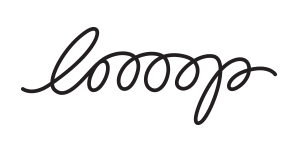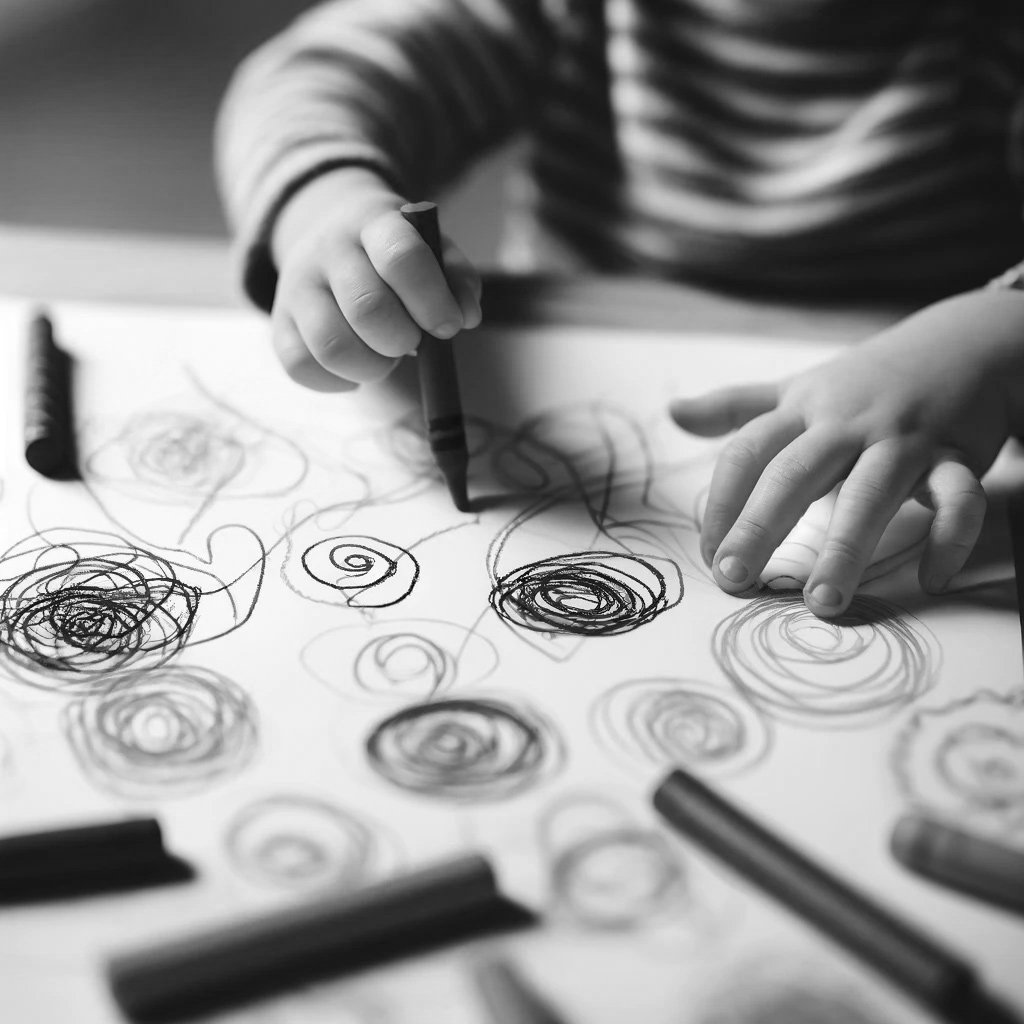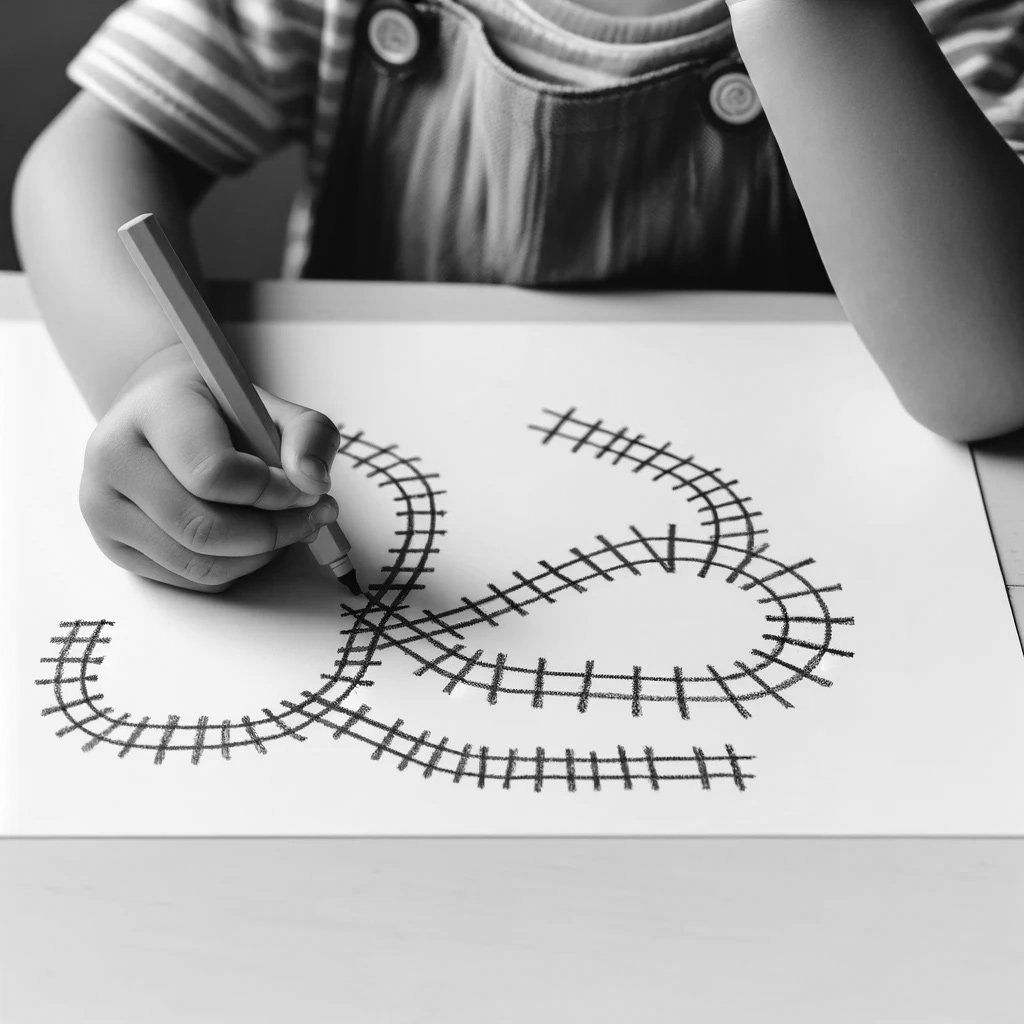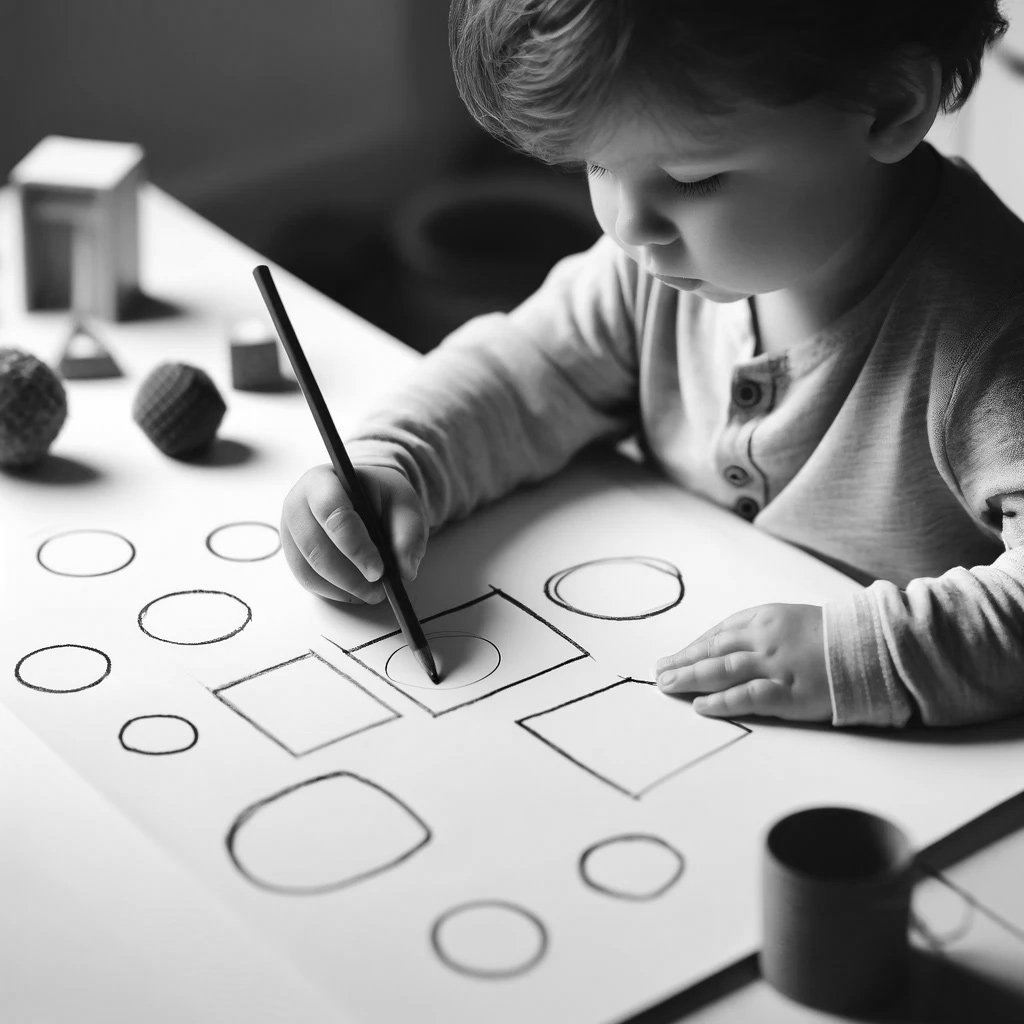How Children Learn to Draw, Starting From Simple Lines
Children around the globe experiment with drawing from infancy. It’s their way of making sense of the physical world which eventually becomes a form of expression. Even for us adults, every doodle on a notebook during a boring office meeting represents our imagination and how we feel. Only, instead of crayons, we use a pen. But neither of us are expert artists.
As parents and even students of art, it’s important to focus on the process and not the quality when evaluating early drawings. To advance the process along, expose children to new environments and drawing tools constantly. Though a child’s drawing will go through several stages over the years, it distinctly begins with the most basic form, a straight line.
What is a Schema
The spark that sets off any form of drawing in a child is called a schema. It’s basically a thought manifested by repeated actions during play time. It helps them learn about the world and build cognitive structures in their brains. For example, when a toddler lines up blocks and builds a tower, the child is experimenting with the concept of connecting. Soon, the child will explore how to represent this on paper.
Stages of Learning to Draw in Children
1. Random marks
At first, children don’t draw. When they get a writing implement, they scribble, make random marks, multiple loops, and spirals to enjoy the freedom of movement. They don’t attempt to make connections with anything in real life. In fact, they’re more preoccupied by the properties of pencils, pens, paint, crayons, paper etc.
An infant’s first instinct is to scribble when given a pencil and paper
2. Controlled scribbling
The next step is a bit more deliberate. The child purposely repeats movements to see their effects in forming patterns. Often, they draw lines one after another and side by side, which marks the beginning of a simple line art. This act of positioning lines, curves, and dots on paper becomes necessary for developing writing skills later. It also sharpens their ability to draw more realistic images.
3. Connecting
This is when children combine thoughts with their experiences in forming patterns. A train track they’ve seen on the way to daycare suddenly looks like it can be replicated on paper. If they can only connect and arrange straight lines in a certain way!
Children practice connecting by drawing train tracks
At this point, children are fixated with creating intersecting lines to make crosses, grids, and other line drawings. It’s also a time when any physical object with this pattern gets their attention. Naturally, it lends itself to writing the letters H, T, and E. later on.
4. Enclosing and containing
After a child learns to intersect lines, they’re focused on surrounding or covering things completely. They begin exploring the concept of ‘inside’ and ‘outside’ by putting toys in a box and then taking them out. On paper, it would look like a few dots in a square or drawing complete circles. This will later help them master the letters O, P, Q, and more.
5. Enveloping
Enveloping is the concept that an object hidden from sight doesn’t cease to exist. It’s more obvious in real life for instance, when a child plays hide and seek. But the idea is also explored in the 2 dimensional world, often by drawing something and then scrawling over it. If you see your child scribble over what used to be their drawing of the family dog, they're not canceling Fido. They’re just experimenting with the idea of enveloping things.
Connecting, enclosing and enveloping
5. Diagonal lines
For most children, a calculated oblique line is not easy to draw. The diagonal lines in a triangle for example, require a bit of thought on where to start, the degree of angle, and symmetry. Not to mention a lot of hand-eye coordination so that the start and end points meet. It’s just much easier to draw a box or a circle. They might take a bit longer to arrive at this point, but it’s a skill they’ll eventually use to draw the letters N, W, M, and A.
6. Boundaries
Boundaries teach and test a child’s ability to practice control and coordination. They learn how to go through or around boundaries by poking holes in things or pouring water in a bottle. Two classic examples of this in the art world are coloring inside the lines and drawing along dotted lines.
7. Perspective
Perspective involves exploring the world in a different view. Children might hang upside down from a tree and decide things look different that way. By extension of this experience, they might draw an aerial view of a man on a bicycle wearing a hat instead of drawing the same scene in a typical side profile. They might also make distant objects smaller and the objects in the foreground bigger. It might sound like an advanced stage of drawing and it could be, depending on the level of complexity. But it’s by no means the last stage of development.
Conclusion
There are many stages to drawing and your child won’t necessarily develop according to the same sequence we’ve outlined above. Each child is different but they’re naturally inclined to explore all the different concepts in due time.
The more you as an adult expose them to real life, drawing tools, and time to process, the steeper the learning curve will be. In time, they will learn that shading, dots, and lines can add a degree of realism to drawings, and begin to emulate them themselves.
However, a drawing doesn’t have to be complex. A simple one line drawing can convey meaning and be dramatic on its own. So, encourage the mastery of lines and curves in children. They’re simple, but exciting. The graphic designers at Loooop are still as enthusiastic about lines and line drawing as a child who has just discovered they can draw a train track!




